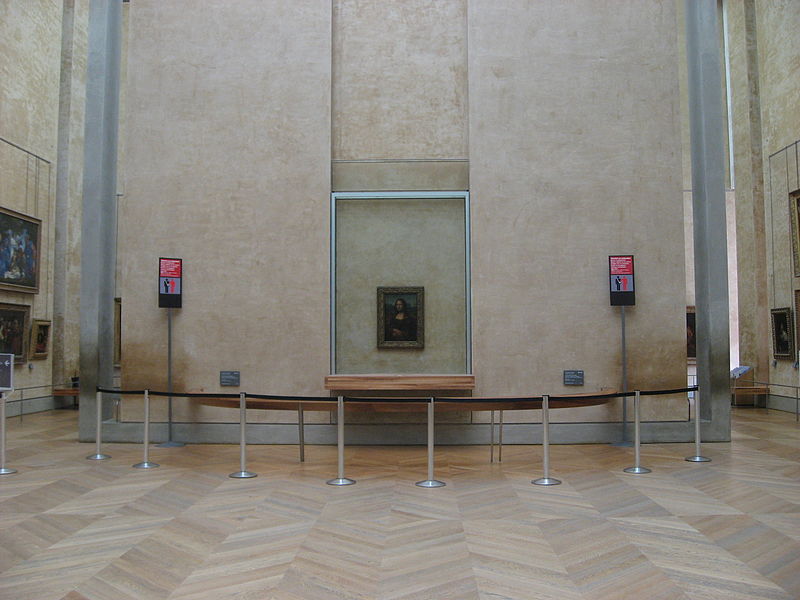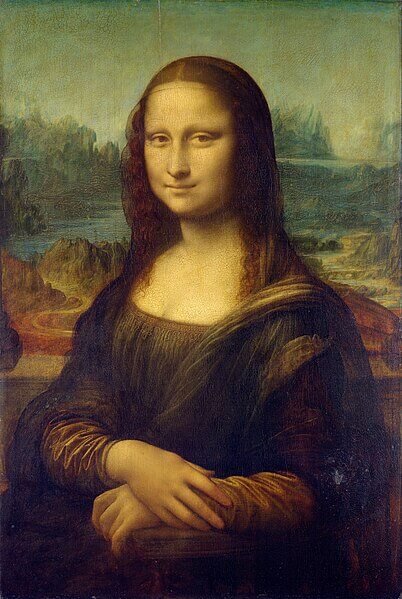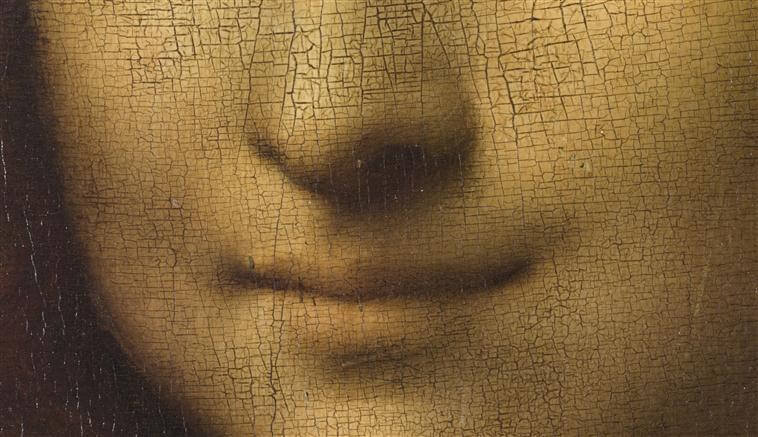The discovery of a rare compound in Leonardo da Vinci’s famous ‘Mona Lisa’ unveils a surprising mystery.
Leonardo da Vinci, a true Renaissance polymath, was celebrated for his talents as a painter, draftsman, sculptor, architect, and engineer.
His extraordinary skill and intelligence embodied the Renaissance humanist ideal more than any other figure.
Among his most renowned works are “The Last Supper” and the iconic “Mona Lisa.”
Da Vinci’s fame, both in his time and now, can be largely attributed to his insatiable thirst for knowledge, which drove his thoughts and actions.
READ ALSO: The Indiana Jones Of Art: 6 Stolen Historical Paintings Recovered By An Art Detective

Timeless Genius
In a recent study published in the Journal of the American Chemical Society, da Vinci’s name once again made headlines.
This time, it wasn’t just for his artistic prowess but also for his pioneering work in chemistry.
Scientists from France and Britain employed X-ray diffraction and infrared spectroscopy to examine the “Mona Lisa.”

Their research revealed a rare mineral compound called plumbonacrite within the paint. This discovery sheds new light on the painting’s creation process during the early 1500s.
The researchers identified plumbonacrite in the base layer of the paint, in addition to lead white pigment and oil.
Interestingly, a 2019 study had found this mineral in works by Rembrandt from the 17th century, but it had not been detected in Italian Renaissance works until now.
Plumbonacrite forms when lead oxides combine with oil. It’s a technique that later artists, such as Rembrandt, used to expedite the drying of their paint.
The Pioneer
The presence of this rare compound in the “Mona Lisa” suggests that da Vinci might have been the original innovator of this method.
Gilles Wallez, an author of the latest study and a professor in Paris, expressed his fascination with da Vinci’s multi-faceted genius.
Wallez noted that everything stemming from da Vinci is captivating.
He wasn’t just an artist but also a chemist, physicist, and an avid experimenter who aimed to advance the knowledge of his era.
“Each time you discover something on his processes, you discover that he was clearly ahead of his time,” Wallez said.
Vinci’s Legacy
Artists in the 16th century crafted many other paintings and the ‘Mona Lisa’ on wooden panels that demanded a substantial base layer.
The researchers believe that da Vinci, in his quest for the perfect paint consistency, unintentionally created the rare compound by blending lead oxide powder with linseed oil.
In a statement, the researchers highlighted that the mystery of the “Mona Lisa” is not just in her enigmatic smile but in the innovative painting techniques used by Leonardo da Vinci.

They described da Vinci as an artist, engineer, architect, and an experimental chemist, turning the “Mona Lisa” into his laboratory.
This revelation showcases once again that Leonardo’s brilliance extended far beyond his time. This makes him not just an iconic artist but an avant-garde innovator in various fields.
Banner photo by Pedaalemmer via Wikimedia Commons.





